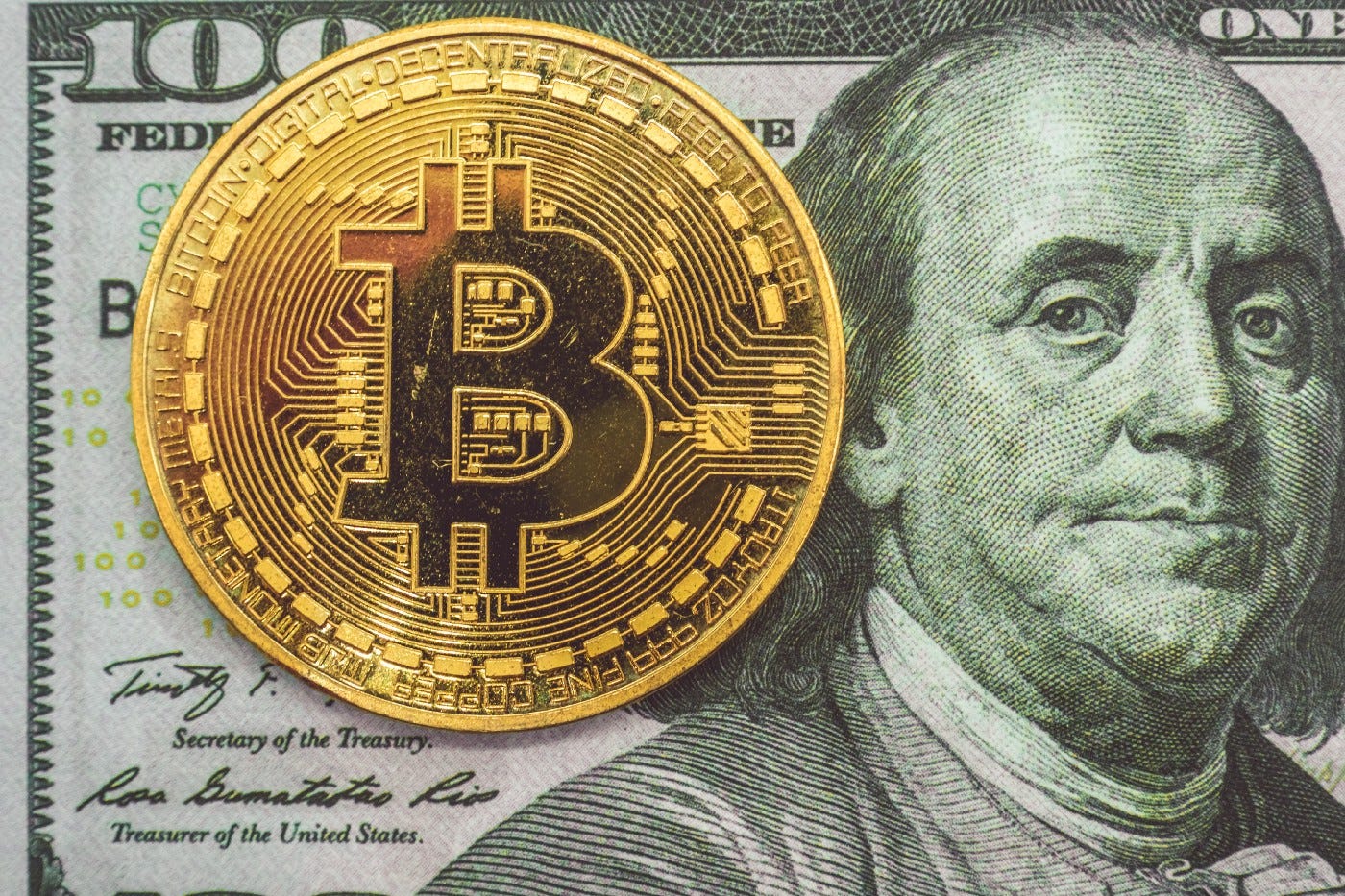Defi War; Cryptocurrencies versus Central Banks
How Cryptocurrencies, Blockchain, Web3 and Decentralized Finance is impacting Central Banks / Federal Reserves and Governments — a case study of the Central Bank of Nigeria

The past year has been filled with several policies and activities of the Central Bank of Nigeria, including the ban on cryptocurrency and the alleged freezing of accounts with crypto narratives under the guise of AML/CFT compliance.
The general sentiment out there is that the government, through the CBN, is an “enemy” of progress and has become a tool to “witch-hunt” the Nigerian youths. This is a result of the current political environment and the huge distrust between the older generations and Millennials/Gen Z, especially since the #EndSARS events.
However, when one examines the policies and actions from a logical, emotion-free perspective, it becomes clear that CBN is simply doing what any institution or individual will do when faced with a threat—becoming offensive in order to preserve their value or power.
Let’s look at the Central Bank of Nigeria’s basic functions;
ensure monetary and price stability;
issue legal tender currency in Nigeria;
maintain external reserves to safeguard the international value of the legal tender currency;
promote a sound financial system in Nigeria; and
act as Banker and provide economic and financial advice to the Federal Government.
Bitcoin on the other hand;
decentralized and cannot be controlled by any government
erodes the official channel for foreign reserves
poses as a parallel Tender to the official legal tender minted by the CBN
poses a problem to the capital / monetary control mechanisms of the CBN
Its “anonymity” is a big risk for the AML/CFT rules making it a potential vehicle for money laundering and other illicit activities.
it gives monetary authority to citizens thereby creating a potential to shift control of economic power from govt to corporate individuals.
upsets the current financial infrastructure and economic system due to its lack of an intermediary that’s tasked with channelling wealth towards the goals of fiscal authorities to achieve sovereign or sociopolitical goals
Now, a big question is if these coins in themselves are fully developed to be used as money in all forms: speculative (as an investment instrument), precautionary (as a store of value and its ability for humans to rely on it for future goals and plans), and transactional (as a means of exchange for value—goods and services).
It’ll allow you to think through this — put any coin through the test of what you’ve known Money to be and how you’ve interacted with it all your life — then you will see why the race to ensure the country only has “one single legal tender” is very important for the CBN
Satoshi’s paper didn’t rewrite the function of money — it’s just a thought into a parallel world from Milton Friedman’s defini’s definition and functions of money.
Until there’s a theoretical or empirical justification for the replacement of fiat or central bank tenders with decentralised money that fulfils all the functions of money and gives credence to the core roles of the CBN, expect the central banks to be on the offensive.
Let’s talk about the future
The future is a time when cryptocurrency and CBDC (Central Bank Digital Currencies) will coexist within the same economic system, just as gold and other commodities have over the years.
The ownership and coordination of the eventual “means of payment” will also be decentralised amongst many organisations. The aggregation of financial data will be decentralised, which means the central banks of countries may no longer continue to be the central organisation for this role. People will have a choice from multiple options, and the convergence will be more of an exchange amongst these currencies.
Decentralisation will occur in some forms in the future, but not entirely, as we expect a convergence at some point. Who owns absolute power remains a battle between corporate Plutocrats and the government. The future of life will be a lot more decentralised than we currently know it. What we can’t speak of is the length of time it will take to arrive at that future.




